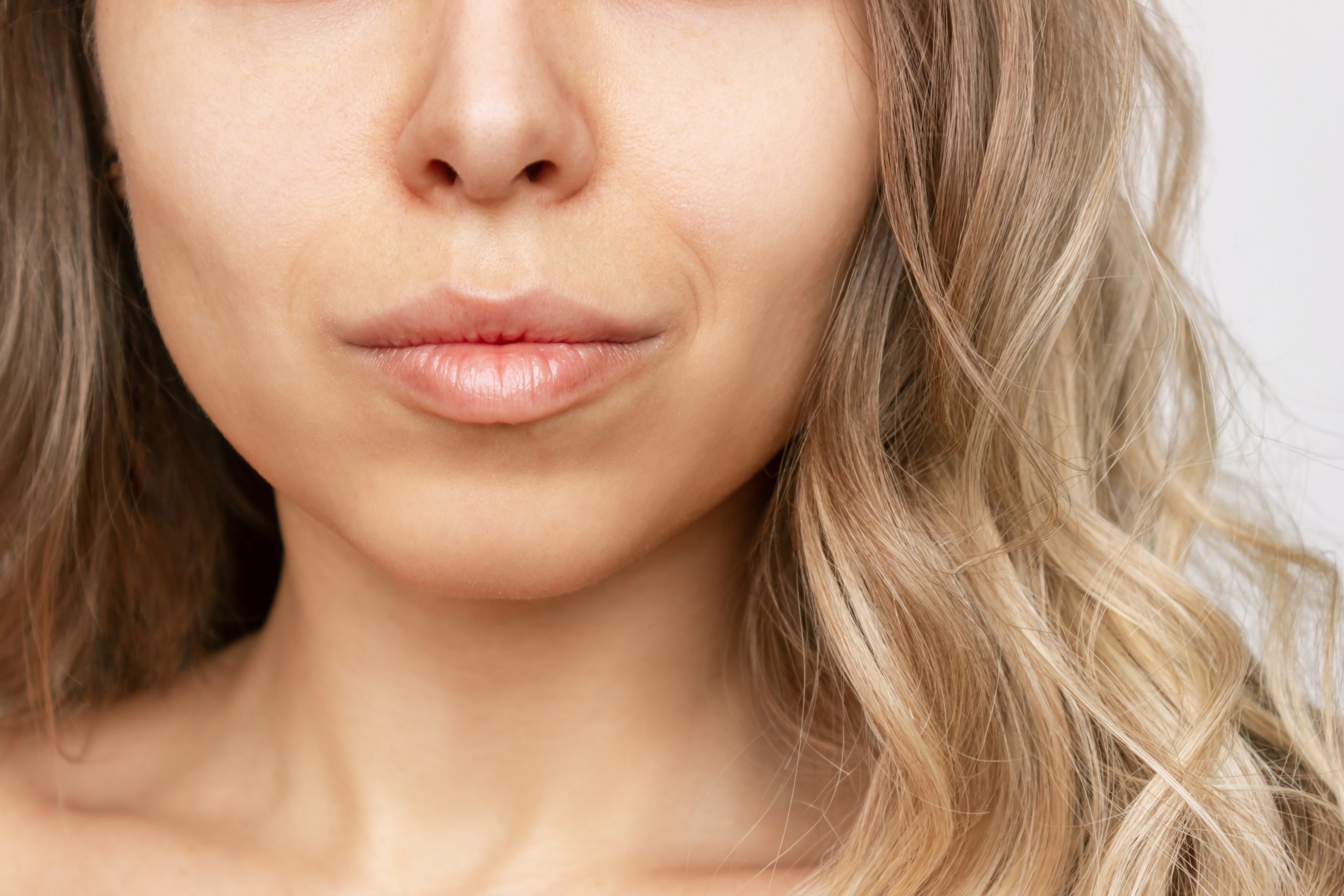
The buccal fat pad is found in the lower cheek adjacent to the corner of the mouth between facial muscles. If you accidentally bite gently with your teeth on your cheek, you identified the precise location of this fat pad (and mimicked the appearance of your face after its removal). The size of this pad of fat can vary greatly from person to person, and it can meaningfully change the look and shape of your face although results are typically quite subtle if done correctly. A larger buccal fat pad is what gives a person the appearance of having a rounded face.
Many people don’t like this look. One of the easiest procedures to correct this is called buccal fat removal. It’s a type of plastic surgery, and it’s also commonly referred to as buccal lipectomy or cheek reduction surgery. Removing this fat pad has one main advantage: it defines the natural angles of the face, and accentuates the cheekbone above and jawline below.
Recovery time is rather short, only lasting around one week; however, there are some questions you may be asking yourself prior to the surgery.
How Long Does Swelling Last After Buccal Fat Removal?
There is typically some swelling for the first week after surgery similar to a wisdom tooth extraction. Pain will persist a few days after the procedure, but it will dissipate quickly. However, it may take two to three weeks for all the swelling to fully subside. You won’t be able to see the full results of the surgery until all swelling has gone away, so don’t panic if your cheeks look even fuller than usual for the first couple of weeks. The final results are not apparent until 3 months after surgery.
Can I Brush my Teeth After Buccal Fat Removal?
Special care should be taken while brushing your teeth after buccal fat removal. Although you should avoid the surgery area, that doesn’t mean you can’t brush your teeth the day after surgery. As long as you’re careful, you should be able to brush your teeth as often as you normally would. A regular diet can be eaten but liquids should be limited to clear water only for the first 5 days.
When Can I Eat After Buccal Fat Removal?
Eating can be difficult, especially the first few days after the procedure. Your surgeon will tell you exactly which foods are good for you after surgery, and they will tell you when you can resume your regular diet. Each case is different but, generally speaking, patients will want to avoid hot food right after surgery. Hot foods can irritate the surgery area and increase swelling, further extending your recovery period. No firm or scratchy food should be eaten for the first week like pizza crust or chips. Otherwise, there is no dietary restriction. Sugar-containing drinks need to be avoided for the first 5 days.
What Can I Eat?
As previously mentioned, hot foods should be avoided until the swelling has subsided. This doesn’t mean you can’t have cooked food; you just have to wait for it to reach room temperature before consuming it. Tender vegetables, like cooked carrots, peas, and green beans are an excellent choice. Protein shakes are a great meal replacement if you feel like you have trouble chewing tough meat. You should be able to resume your regular diet a week or two after surgery.
Consult a Professional
Thomas Walker MD can answer any other questions you might have concerning buccal fat removal. Dr. Walker specializes in rhinoplasty, but he is also well-versed in neck lifts, face lifts, and, of course, buccal fat removal. Our office is located at 5730 Glenridge Drive or you can contact us at 470-900-3223.

